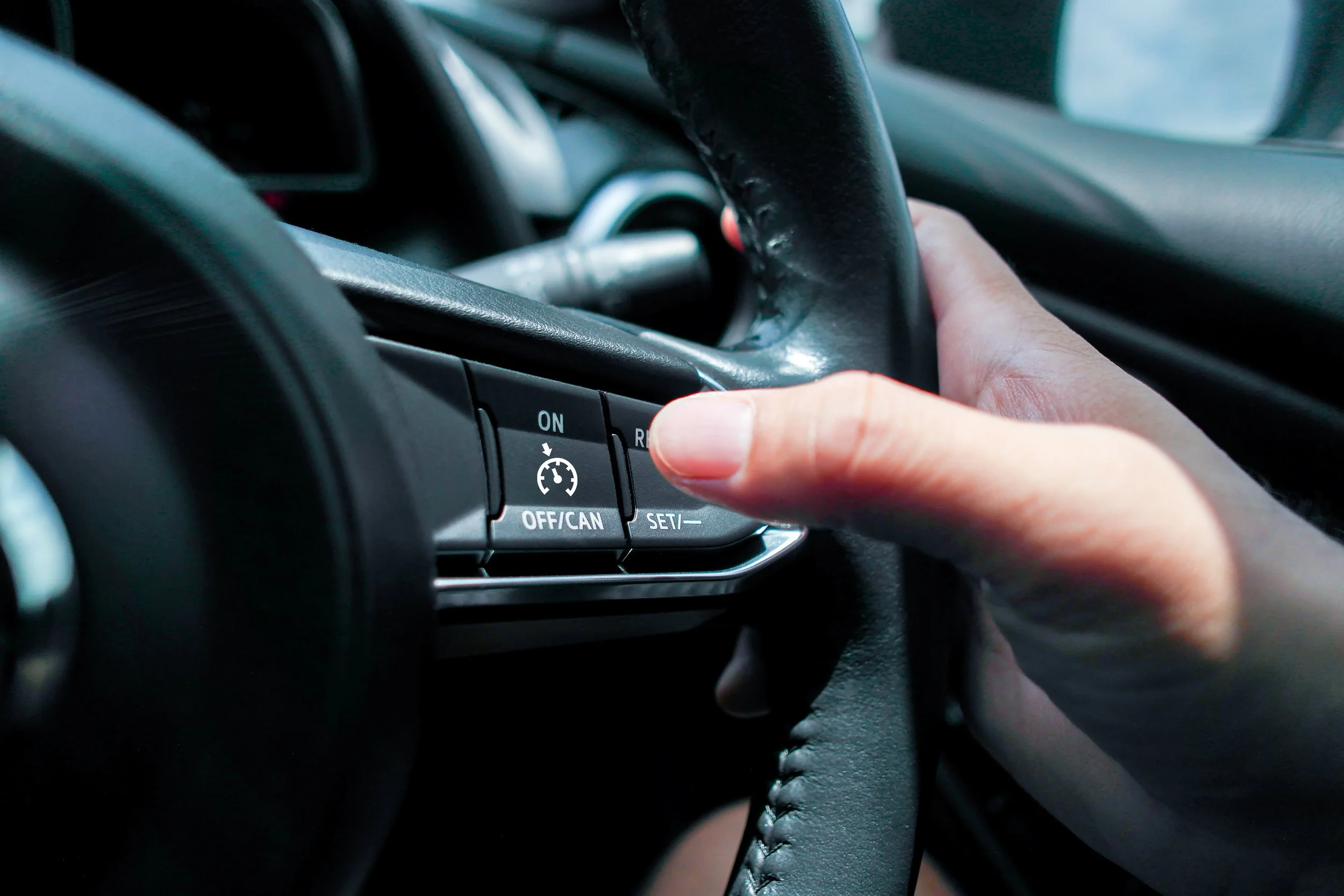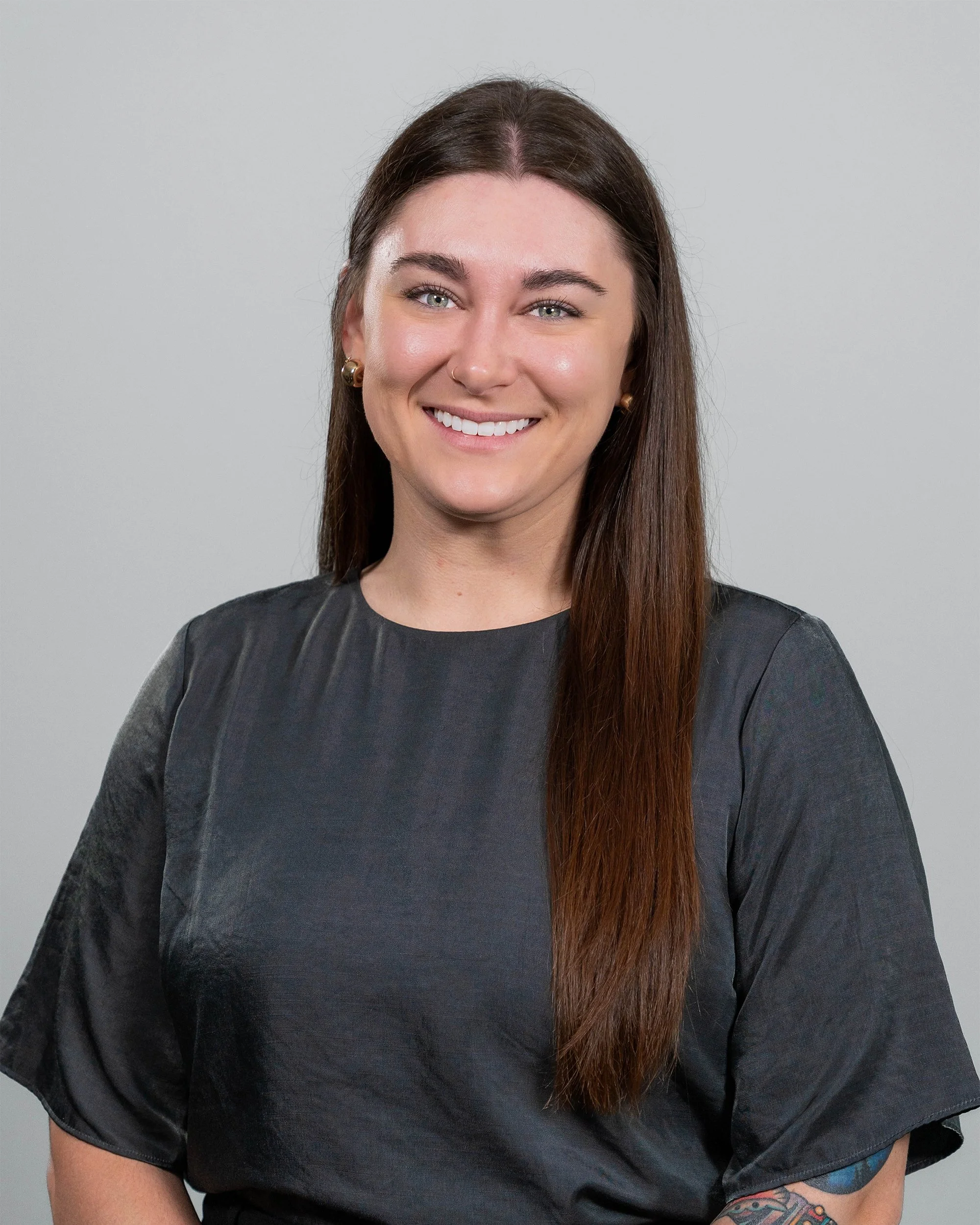
Perspectives
Emily Brunsen on Level 2 Vehicle Automation Naturalistic Driving Study
By Emily Brunsen & Jason Jefferies
Emily Brunsen, PhD
Jason Jefferies, MA
-
Participants were recorded driving for four weeks in vehicles equipped with Level 2 automation, generating thousands of hours of naturalistic driving data for analysis.
-
Each vehicle was instrumented with radar sensors and six synchronized cameras to capture every aspect of driver behavior and vehicle performance.
-
The project examines how younger, middle-aged, and older drivers use and understand L2 automation—helping identify training and design improvements for safer adoption.
Dunlap Research is excited to be leading in the Level 2 Vehicle Automation Naturalistic Driving Study for the National Highway Traffic Safety Administration (NHTSA) in collaboration with the Virginia Tech Transportation Institute (VTTI) and Battelle.
“This is a naturalistic driving study looking at younger, middle-aged, and older drivers, and their interactions and behaviors around using Level 2 (L2) automation,” Co-Project Investigator Emily Brunsen says. “L2 is the combination of adaptive cruise control and lane keep assist. These drivers were not familiar with L2 systems prior to starting the study.”
“This project is similar in scope and structure to others we have worked on,” Brunsen says. “Particularly those involving naturalistic driving studies. Our team and subcontractors are very familiar with how these types of studies function, including handling large datasets, analyzing driving behavior, and working with extensive video data. With this experience, we are well positioned to execute the project successfully.”
What does the work on this project look like?
“We are currently on the follow-on part of this project,” Brunsen says. “We needed more participants, more time on the road, more data to look at. And we are right in the thick of looking at that data that we have collected. We have 190 participants who were recorded driving for 4 weeks. As a result, there are thousands of coding potentials that we can find in our system. We use proprietary software to look at the recorded driving behaviors, and a great deal of other data from the vehicle side of things. As we speak, we are doing the back-end coding that is necessary to answer our research questions. Some of us are seeing data from the vehicles, some of us are looking at videos of the drivers from various angles and coding observed behaviors, looking at body position, distractions, and other factors that, when combined, tell the story of what we found over those 4 weeks of recorded drives.”
What sort of vehicles are the participants using for this study?
“Because we wanted to make sure that we had the standard qualities of L2 automation, we leased a group of vehicles,” Brunsen said. “These vehicles were around the same year with the exact same features, where the buttons were in the same spot on the wheel, etc. We instrumented the vehicles with radar data and 6 cameras that collected 6 video views passively. After the drivers were off the roadways, after those 4 weeks of drives were complete, we were able to collect all of the driving information from the vehicle, including hard braking, acceleration, turn signal use, seatbelt warnings, along with the recordings of the 6 video views.
“I really love this project,” Brunsen says. “I think there is a big disconnect between how older drivers, for example, actually drive and some of the marketing that's geared towards them. A lot of the L2 features seem wonderful, and when used properly, they are. If you know how to use the system, it can be of great assistance. But when it's misunderstood, it can be really distracting. This distraction can be burdensome to drivers and making sure that we're able to look at the different responses across age groups has been exciting. We're still in the middle of looking at the data, so we don't have any results yet, but knowing that this could potentially lead to better training, and to more information on how younger drivers, middle-aged drivers, and older drivers use these systems is going to be really applicable, especially as more manufacturers start to release these kinds of features and think about how they can educate drivers of varying ages on how to use these systems safely.”
About the Experts
Emily Brunsen, PhD
Emily Brunsen holds a PhD in Human Factors and Applied Cognition, with expertise in traffic safety research, research design, literature search and review, quantitative and qualitative methods, survey design and deployment, data collection methodologies and tools, and research project management. She is passionate about leading projects that enhance traffic safety, accessibility, and the user experience in transportation systems. With a strong foundation in both research and practical design, she aims to contribute to developing safer, more inclusive environments through data-driven insights and interdisciplinary collaboration. Dr. Brunsen is committed to applying her expertise to drive meaningful changes in transportation safety, ensuring that systems are both effective and accessible for all users.
Jason Jefferies, MA
Jason Jefferies is an experienced writer, editor, and project manager with a background spanning journalism, media, and higher education. He has written for publications including VegNews, The Colorado Sun, Aspen Daily News, and WRAL.com, designed websites for multiple organizations, and hosts two podcasts with over 50,000 listeners. At Dunlap, Jason prepares, reviews, and edits scientific and technical reports, proposals, and literature reviews, ensuring accuracy, clarity, and adherence to style standards. He also collaborates with Principal Investigators on project strategies and timelines, manages internal and external communications, and is overseeing the refresh of Dunlap’s website featuring new stories, interviews, and recordings.
Have a Question?
We’d love to hear from you. Reach out to learn more about this topic or discuss your next project with our team.
Contact Us




